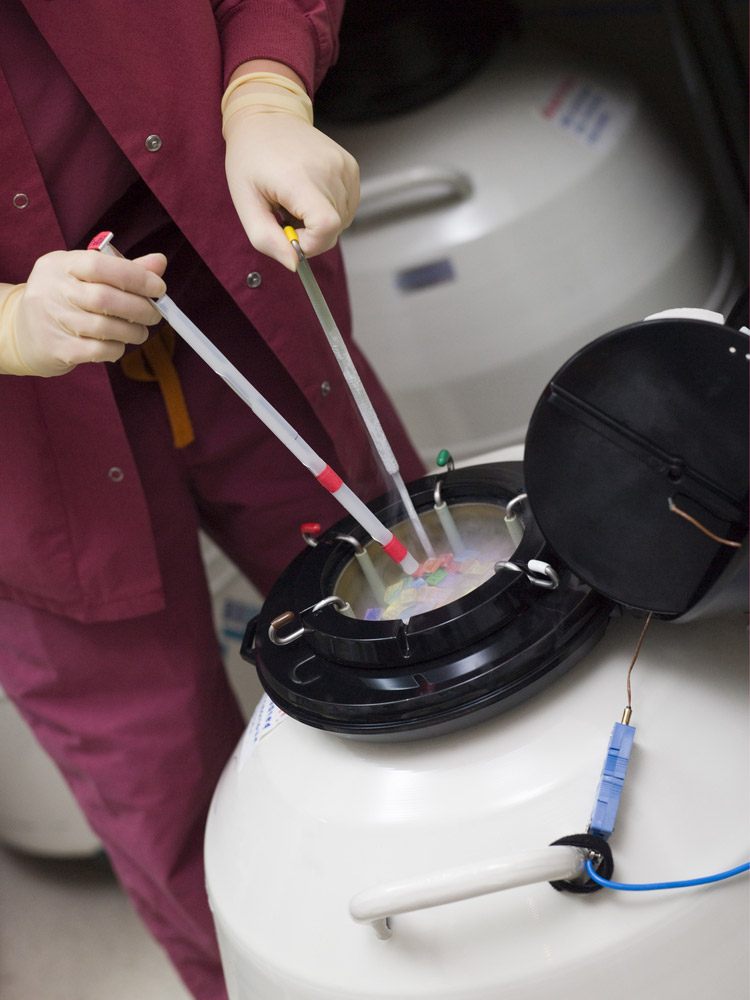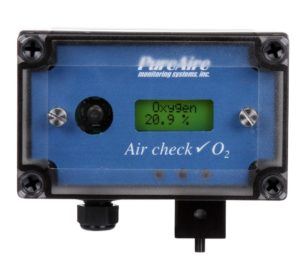IVF Cryopreservation and Safe Handling Practices
- By : PureAire Monitoring Systems
- Posted on : April 02, 2019
- News Room
Couples that want to have a baby but have not been able to conceive naturally are drawn to invitro fertilization (IVF) treatments.
In an IVF treatment, several eggs are fertilized at once, which creates multiple embryos. While more than one embryo may be implanted, to spur the odds of pregnancy, there are inevitably some unused embryos.
The remaining embryos may be preserved cryogenically, for use later, rather than destroyed. There are many reasons couples may select cryopreservation of embryos, including:
- A second chance if the IVF treatment fails the first time around
- The desire to have another child
- As a precaution before undergoing medically necessary procedures that might the reduce the odds of a successful pregnancy, such as cancer treatment
- Opportunity to use embryos in medical research
- Opportunity to donate embryos to another couple
The National Embryo Donation Center estimates that there are over 700,000 human embryos currently stored in the United States.
The cryogenic process relies on cryoprotective agents (or CPAs), which protect the embryo from damage while it freezes. Damage may occur as ice crystals form during the freezing process. Without the use of CPAs, the ice crystals could pierce the embryo wall, causing embryo failure.
Cryopreservation facilities may use either a slow or fast method to freeze the embryos. In the slow method, embryos are frozen in stages, with protective agents added in slow doses over time. The frozen embryos are then preserved in liquid nitrogen until they are slowly thawed for use.
The fast-freezing method combines higher concentrations of CPAs to the embryo, after which the embryo is quickly plunged into liquid nitrogen. The process is so quick that ice is unable to form, thus protecting the embryo from damage.
Wherever liquid nitrogen is used, there are risks associated with nitrogen leaks. Nitrogen displaces oxygen, and a leak would rob the air of oxygen, thereby creating a health hazard for medical staff. When there is not enough oxygen in the air, persons working in the area can suffocate due to the lack of oxygen. Since nitrogen lacks color and odor, there is no way to detect a leak using the senses. In addition, a nitrogen leak could lead to failure of the cryopreservation tanks storing the embryos. In order to ensure the safety of employees, and the viability of the embryos, cryopreservation facilities need to rely on oxygen monitors.
How Oxygen Monitors Protect Employee Health in IVF Facilities
Oxygen monitors continually sample the air, taking periodic readings of current oxygen levels. In the event of a nitrogen leak, and a drop in oxygen to an OSHA action level, the built-in horn will sound, and lights will begin to flash, thereby providing notification to the employees that they must exit the area.
Best practice calls for oxygen monitors to be placed wherever nitrogen is used or stored. Not all oxygen monitors currently on the market are suitable for use in confined spaces or in freezers.
PureAire Monitoring Systems oxygen monitors are uniquely suited for use in an IVF facility, because the monitors can withstand temperatures as low as -40C.
PureAire Monitoring Systems monitors feature long-lasting zirconium sensors, which are designed to provide accurate readings, without calibration, for up to 10 years. Busy IVF facilities will appreciate the ease of use, and low maintenance of PureAire Monitoring Systems products.
To learn more or to view product specs, please visit www.pureairemonitoring.com




